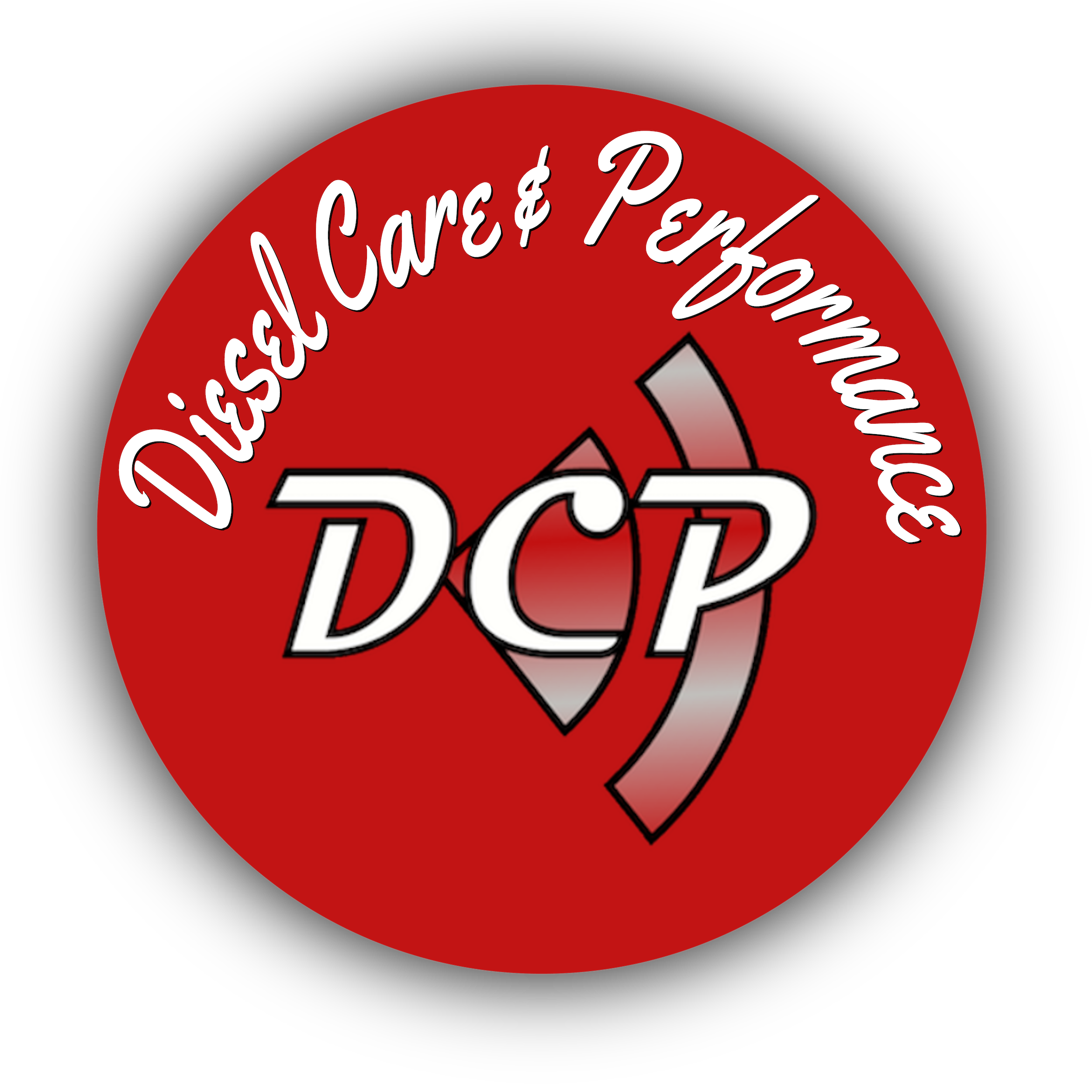10 Steps for a Successful Injection Pump Installation
10 STEPS FOR A SUCCESSFUL INJECTION PUMP INSTALLATION
1) PROPER INSTRUCTIONS - If you do not have access to the manufacturers guidelines for installation, you can go to their technical website at www.alldatadiy.com. This is a pay service, usually around 24.00, but will help you greatly when you are installing an injection pump on your diesel application.
2) TIMING IS "EVERYTHING" - All diesel applications have to be timed in order to run properly. The timing marks provided on the injection pumps are production timing marks and do not correctly time the vehicle to your particular engine. If you do not have access to a timing device for your particular engine, you will have to fine tune your timing via a "Test and Tune" method, i.e. slightly altering the timing manually and performance testing the results. NEVER move an injection pump while the engine is running. It will damage the injection system and could cause a major failure.
3) FRESH FUEL - If your vehicle has set up for more than three months, the fuel has already started to breakdown, and loss some of its chemical properties. Always fill the tank with fresh diesel fuel when installing a new injection pump. Remember that fuel contamination is not covered under DCP's warranty.
4) AVOIDING WHITE SMOKE - White smoke in a diesel application can be caused by a number of things, but usually it comes down to two things, either timing or air in the system. White smoke is normal during the first 10-20 minutes of running, or until the engine has reached operating temperature as the air is purged from the system. If it continues after that, check for leaks in the system. If none are present, run the injection system out of an alternate source of fuel, to isolate it from the vehicle
5) ELECTRICAL CONNECTIONS - Make sure all electrical connections are reinstalled in their proper locations. Many pumps have multiple connections that can appear to be installed in several different fashions, so it is important to mark them prior to pump removal.
6) WHAT WAS THE ORIGINAL PROBLEM? - If you have a complaint after installing an injection pump similar to the original complaint, please verify that the injection pump is the source of the problem.
7) LIFT PUMP OPERATION - If I can turn it over and fuel comes out, it must be working…right? Not exactly. Many lift pumps can deliver fuel in low volume situations, but fail when they are connected to the system. Most system should have a minimum pressure reading of 10-15psi at idle AND 30-45psi during full load operation. You must install a pressure gauge to insure the lift pump is working properly.
8) DISCONNECT THE BATTERIES - This is important for a number of reasons. For one, it is a good safety practice during pump installation, to avoid premature starting of the engine. It will also help to reset some of the electronic components on most late model diesel applications. Always follow the manufacturer's guidelines for disconnecting and reconnecting the batteries on your particular vehicle.
9) REINSTALL FITTINGS PROPERLY - Many diesel pumps have special restricted orifice fittings that can only be utilized in the return side of the injection system. Always install the fittings in the same location as your old injection pump to insure a proper installation.
10) IF IN DOUBT…CALL - If you continue to have problems after installing one of our injection pumps, please contact us so we can assist you in the troubleshooting of the problem, and help assist you in getting your vehicle up and running as quickly as possible. You can reach our technical assistance at 1-800-961-9290
Engine Oil and Oil Filter Element
1. NOTE: The oil filter housing drain is open by completely unscrewing the oil filter cover. Allow the oil filter housing to drain before removing the oil filter cover and oil filter element. Remove the oil filter cover and oil filter element assembly.
4. NOTE: Apply clean engine oil to the oil filter cover O-ring. Install the oil filter cover and oil filter element.
2. NOTE: The oil filter element snaps into the oil filter cover. Remove and discard the oil filter element and the oil filter cover O-ring.
5. Remove the oil pan drain plug and drain the engine oil.
3. Install a new oil filter cover O-ring and oil filter element.
6. Clean and inspect the oil pan drain plug and gasket, replace if necessary.
7. Install the oil pan drain plug
8. Fill the engine with clean engine oil. Fill capacity is 14.2 liters (15 quarts) with a new oil filter.
9. Run the engine and check for leaks
